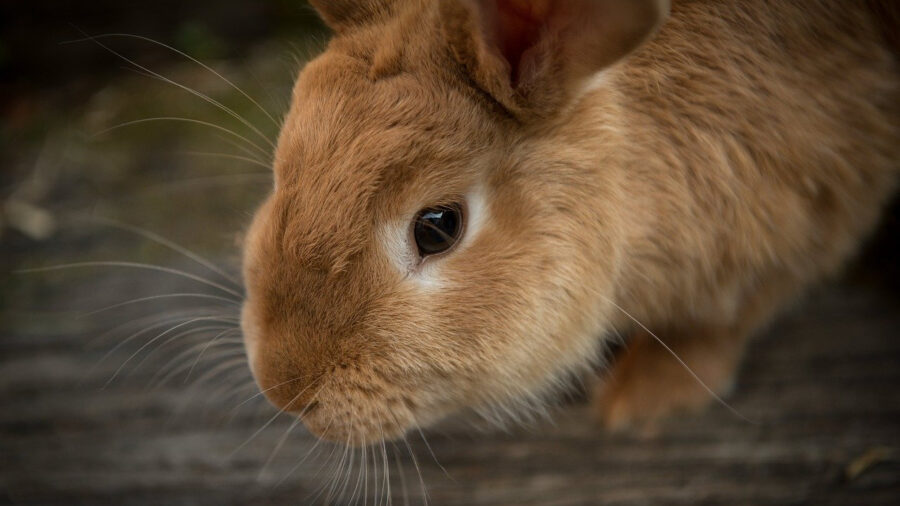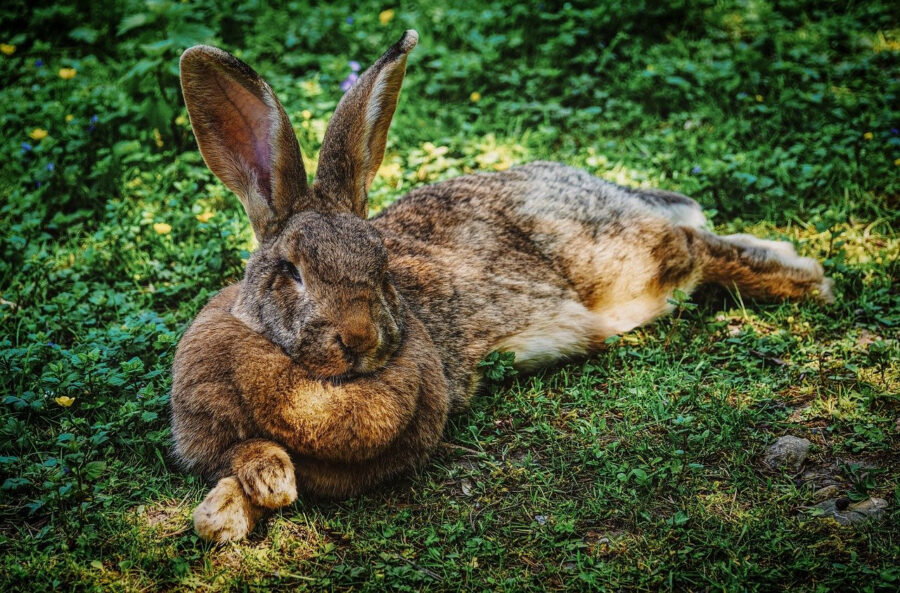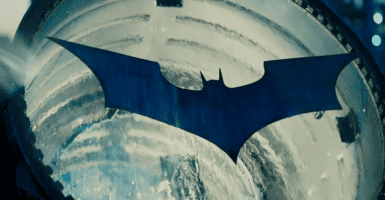Rabbits Are Doing Handstands Instead Of Hopping
Rabbits are doing handstands instead of hopping and here's why.
This article is more than 2 years old

Certain rabbits have been found to be doing handstands instead of hopping. That sounds ridiculous at first, but it turns out that it is an abnormality that scientists have actually been studying in detail. And the results of their studies are genuinely fascinating.
To this day, the field of biology remains a grounding mystery. How are birds able to coordinate their movements so quickly and succinctly? Why did pythons develop flippers where legs should have grown? And a new question has recently eluded researchers: why are some rabbits doing handstands to get around instead of hopping? Scientists have studied the genomes that comprise hopping in organisms such as rabbits, rodents, hares, and kangaroos, and have found a common mutation in a key protein.
Most rabbits hop their way through life, but a rare domesticated breed was discovered to possess an entirely different gait of locomotion. Sauteur d’Alfort rabbits (literally, Alfort’s jumpers) walk on their front legs instead of their hind feet. This curious breed of unusually acrobatic rabbits originated in France in 1935 and has since been the subject of numerous studies on balance and locomotion. And unlike humans, who may still amble about when doing handstands, Alfort’s jumpers seem to get by with surprising ease.

In textbook zoology, hopping is referred to as saltatorial locomotion. An article published in PLOS Genetics recently revealed that a “loss-of-function” gene mutation in the RAR related orphan receptor B (otherwise known as the RORB protein) is responsible for disrupting saltatorial locomotion in sauteur d’Alfort rabbits. The researchers, led by Miguel Carneiro and Jennifer Vieillard, bred Alfort’s jumpers with standard hoppers and compared the genotypes (hereditary information) of their offspring with their corresponding phenotypes (observed behavior). The RORB mutation is what caused the handstand defect. Sauteur d’Alfort rabbits represent a small percentage of the related population to exhibit abnormal gait behavior from a single base change. “This study provides the first description of a gene required for saltatorial locomotion,” the authors write. “It further demonstrates the importance of the RORB protein for the normal wiring of the spinal cord, consistent with previous studies in mouse.”
In the case of regular hoppity rabbits, the RORB protein can be found strewn across the nervous system. But Alfort’s jumpers are different. The mutation interferes with the neurons in the spinal cord that produce RORB, creating the handstand motion. The same genetic defect affects mice and skunks. In 2015, CCTV in the Happy Valley of Saguaro National Park in Arizona caught a skunk doing handstands in the middle of the night. Unlike rabbits and mice, who use handstands to move from point A to point B, skunks move strangely solely to intimidate enemies. A handstand is seen as an act of aggression, a necessary precursor to spraying. It makes skunks look bigger and shows off their markings. After all, handstands are a relatively effortless undertaking. And compared to producing musk, they involve relatively fewer biological processes.
If anacondas could be massive but friendly and bullfrogs aggressive but small, anything is likely. Sushi is man-made and yet it alone has over 100 interesting variations. In the natural world, mutations are what make variety possible and illness an evolutionary necessity. And it looks like it’s why some rabbits do handstands instead of hopping.

The animal kingdom is full of wondrous, if not petrifying, creations — a Darwinian miracle 4.5 billion years in the making. Documenting discoveries is a daunting task, but humanity is ambitious and is always probing for answers. Despite the challenges, we have routinely persevered in the pursuit of greater knowledge. A notable majority of these beasts have already been scrutinized a hundred times over, written down in detail for future generations to memorialize and protect. And with over 8.7 million known species on Earth, it’s easy to assume we’ve seen everything. But the fact is, 86% of the world’s fauna remain undiscovered, and scientists estimate there to be over a trillion overall.












